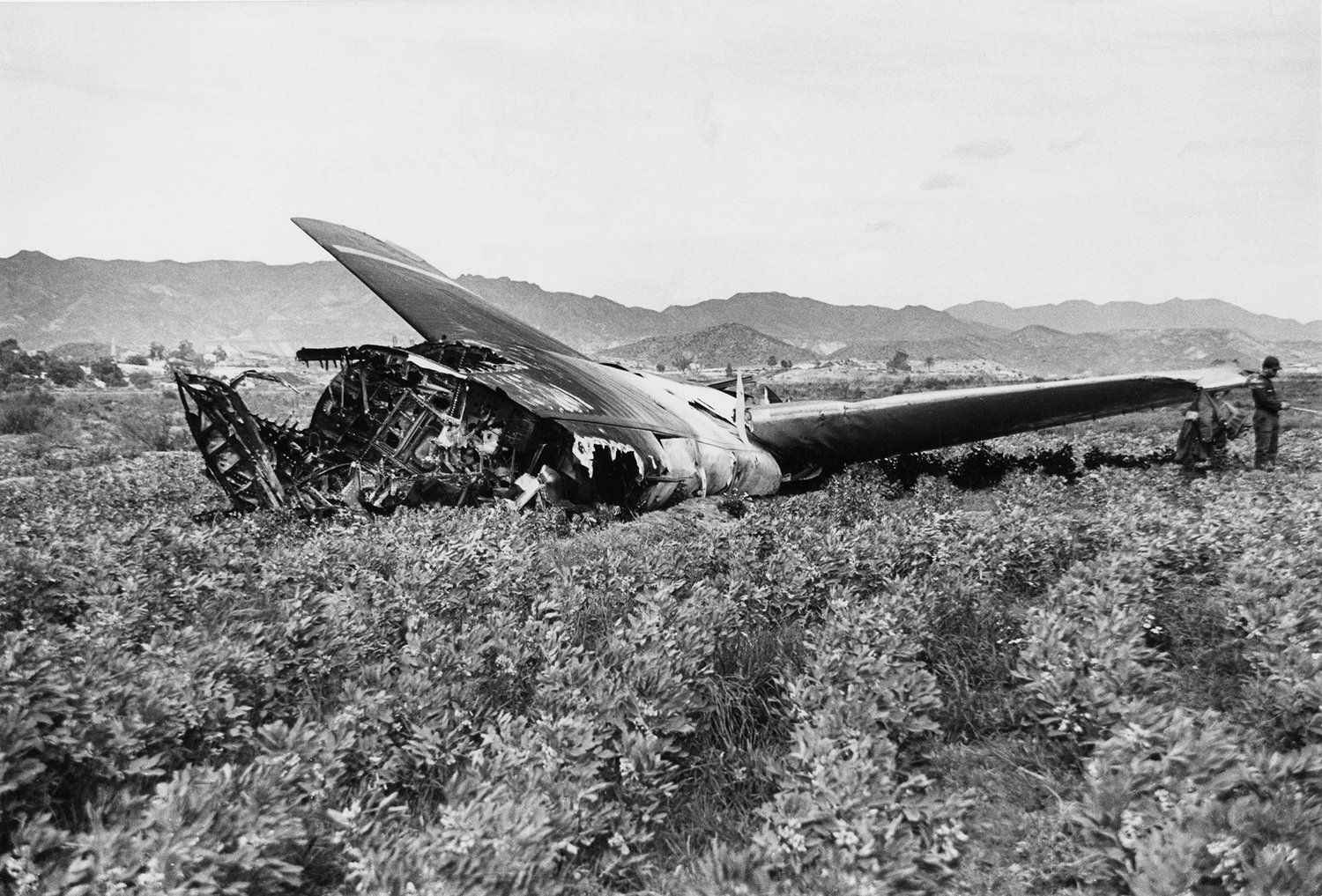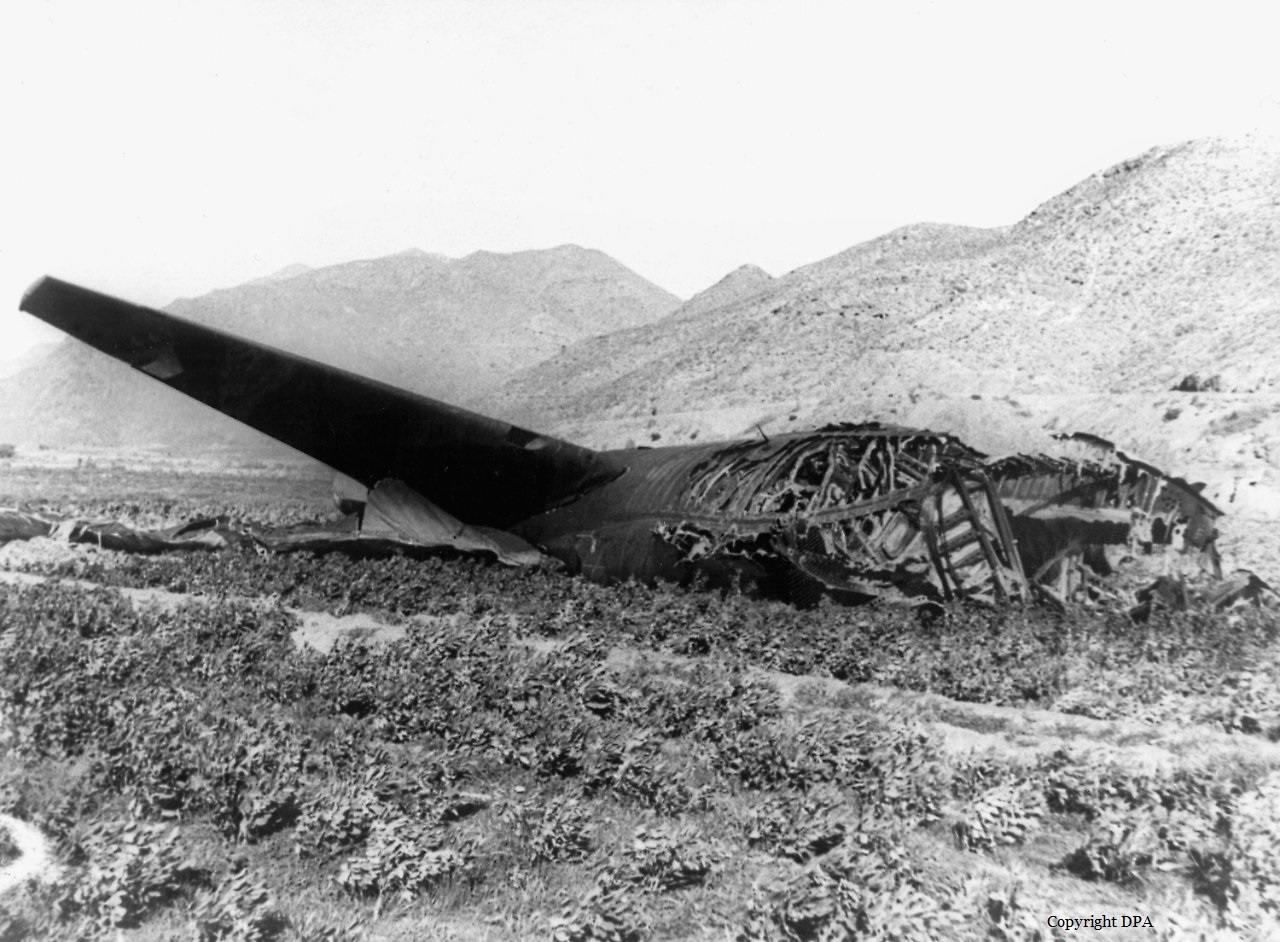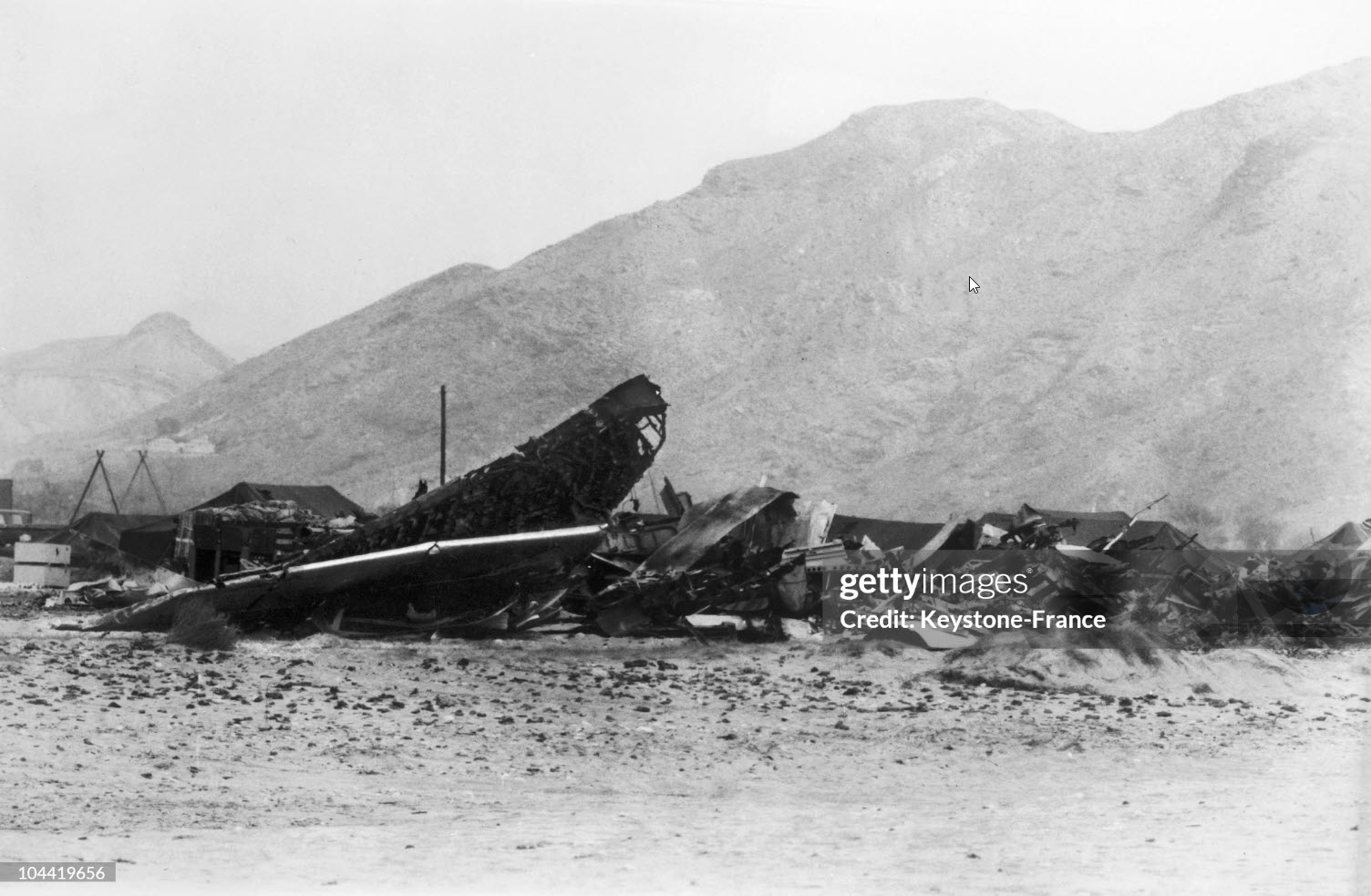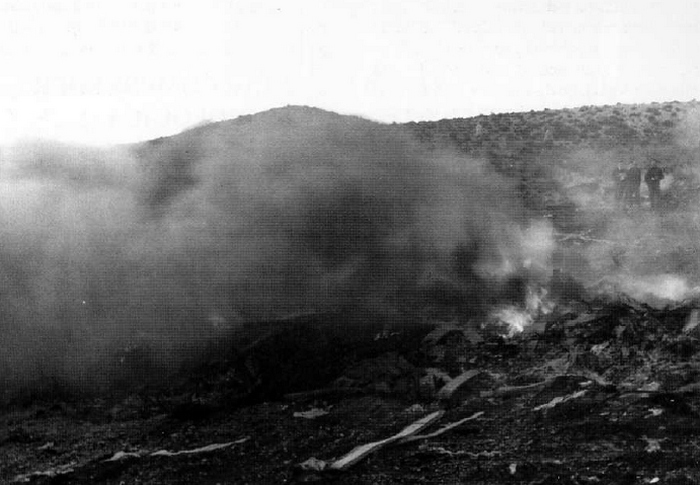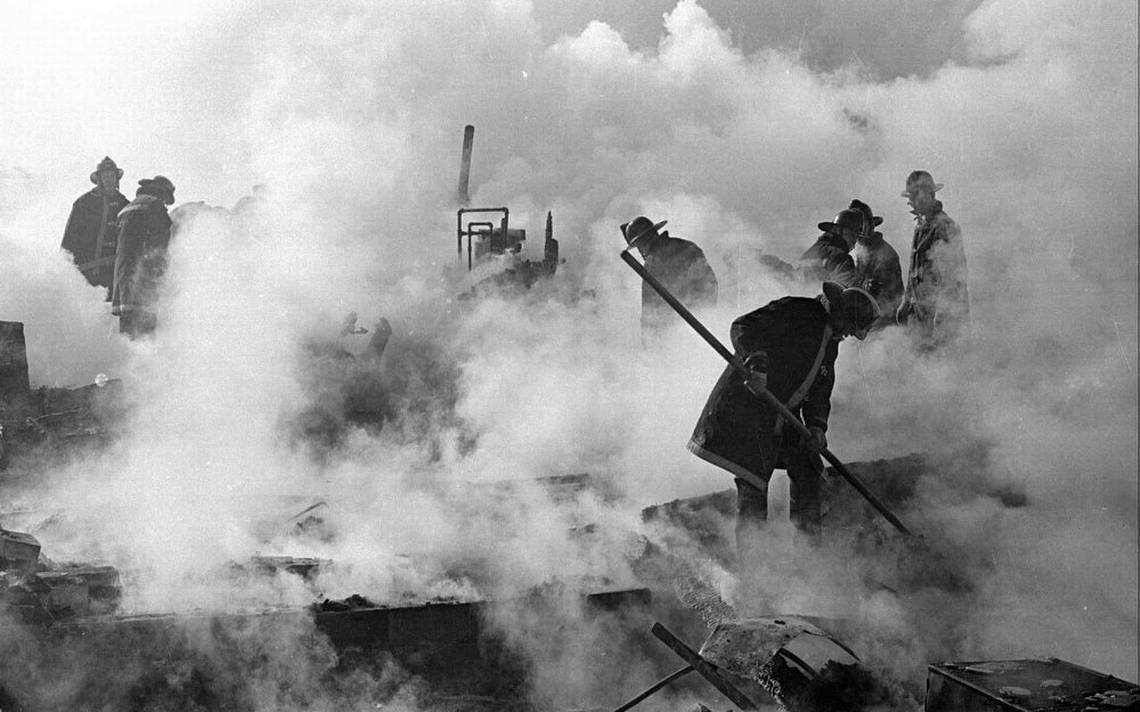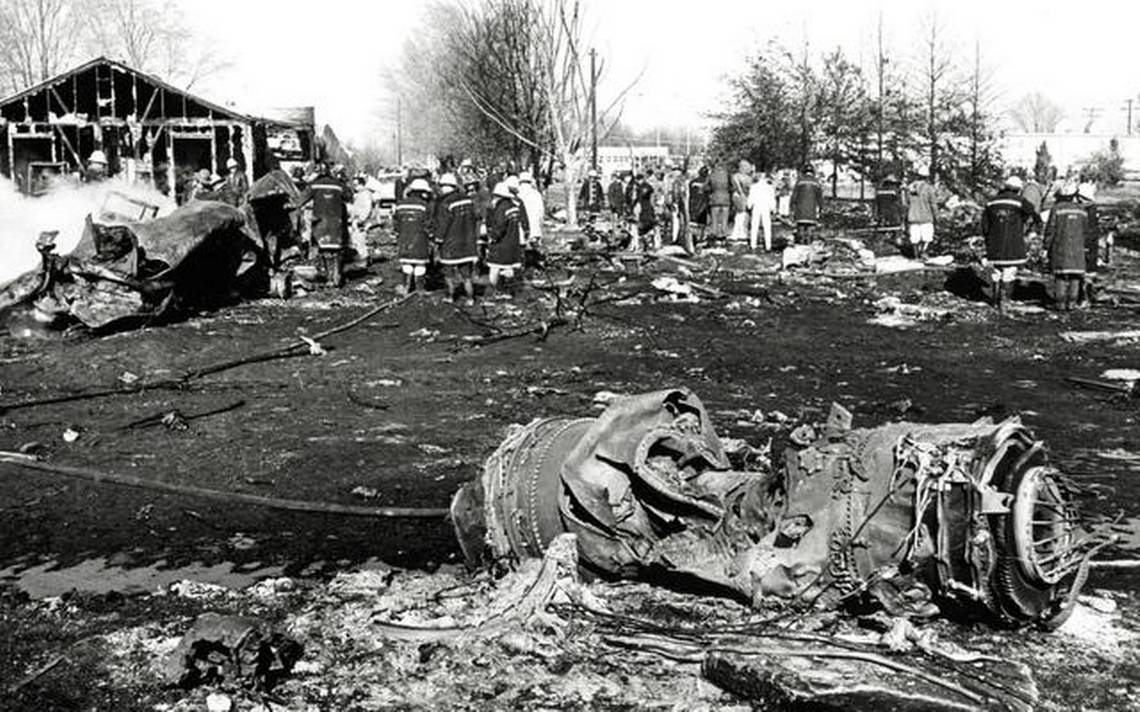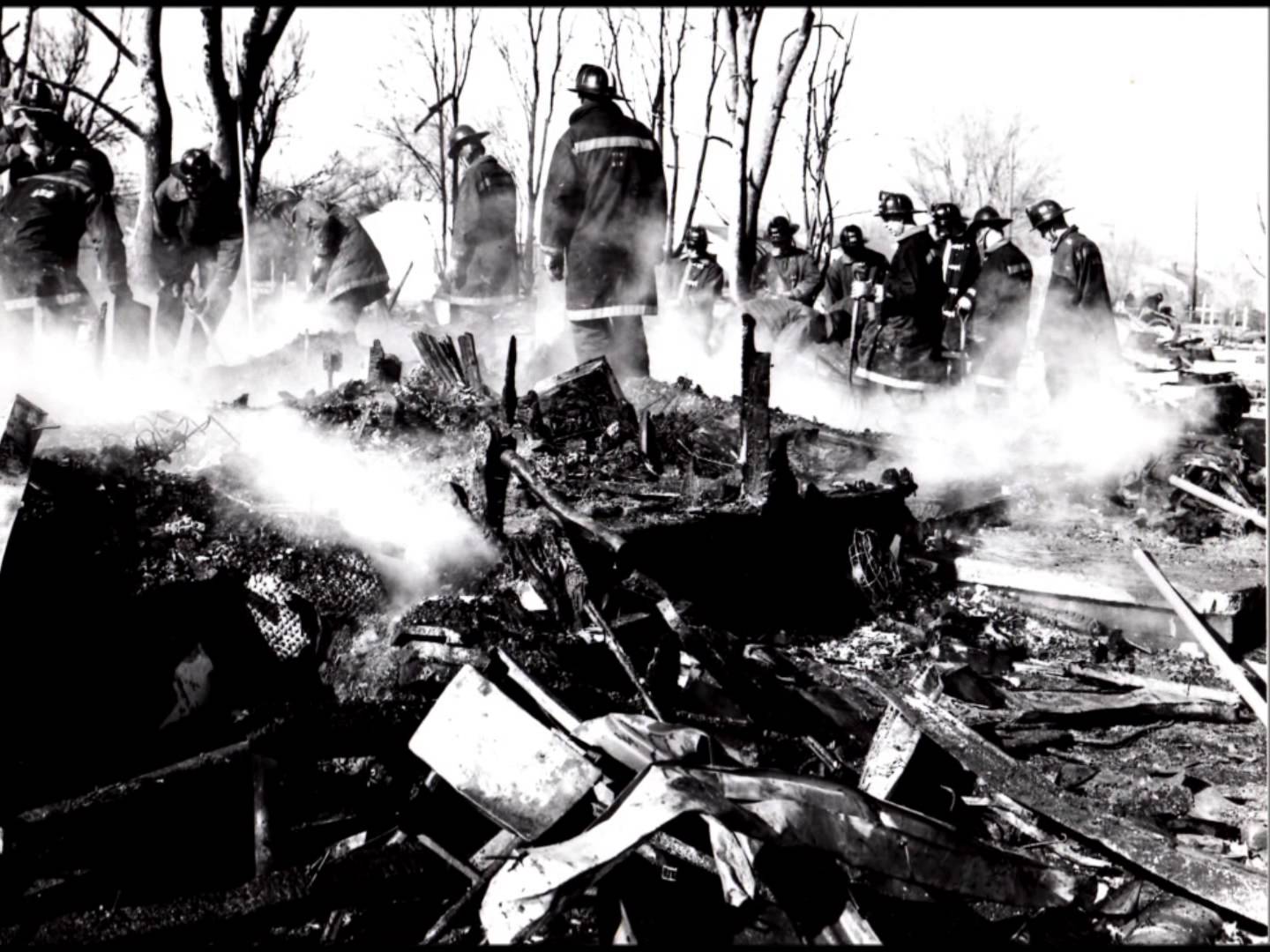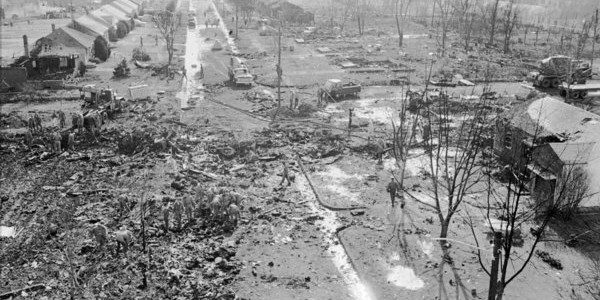Crash of a Boeing B-52G-115-BW Stratofortress in Palomares: 4 killed
Date & Time:
Jan 17, 1966 at 1030 LT
Registration:
58-0256
Survivors:
Yes
MSN:
464324
YOM:
1958
Flight number:
TEA16
Crew on board:
7
Crew fatalities:
Pax on board:
0
Pax fatalities:
Other fatalities:
Total fatalities:
4
Circumstances:
Collided in midair with a USAF KC-135 registered 61-0273 while performing a refueling mission during 'Operation Chrome Dome'. Crashed near Palomares, killing four of the seven crew members. Four nuclear weapons fell from the wreckage, one of them was 2 1/2 months later into the Mediterranean Sea.
Crew:
Cpt Charles Charlie Wendorf, pilot,
Maj Larry Messinger, pilot,
Michael Rooney, copilot,
Cpt Ivan Buchanan, radar navigator,
1st Lt George J. Glesner, †
1st Lt Steven G. Montanus, †
T/Sgt Ronald P. Snyder. †
Crew:
Cpt Charles Charlie Wendorf, pilot,
Maj Larry Messinger, pilot,
Michael Rooney, copilot,
Cpt Ivan Buchanan, radar navigator,
1st Lt George J. Glesner, †
1st Lt Steven G. Montanus, †
T/Sgt Ronald P. Snyder. †
